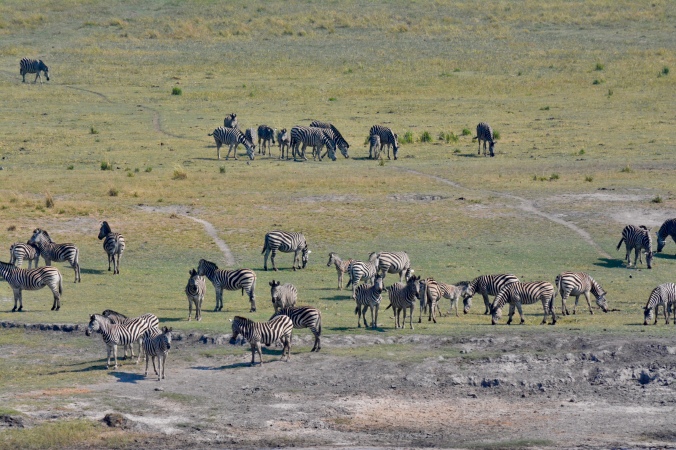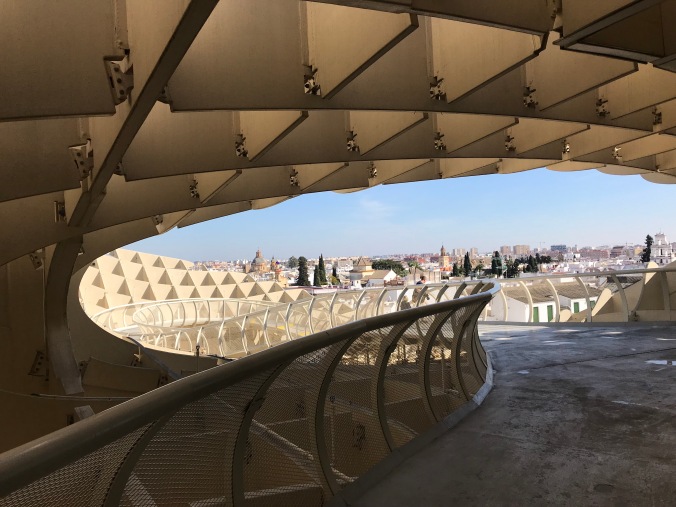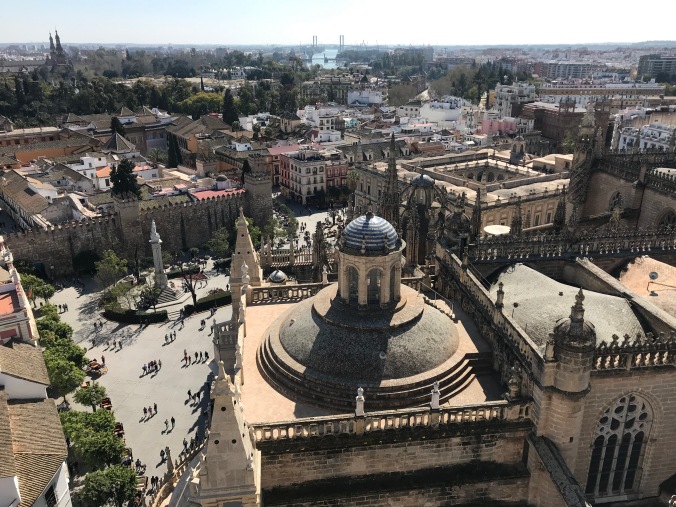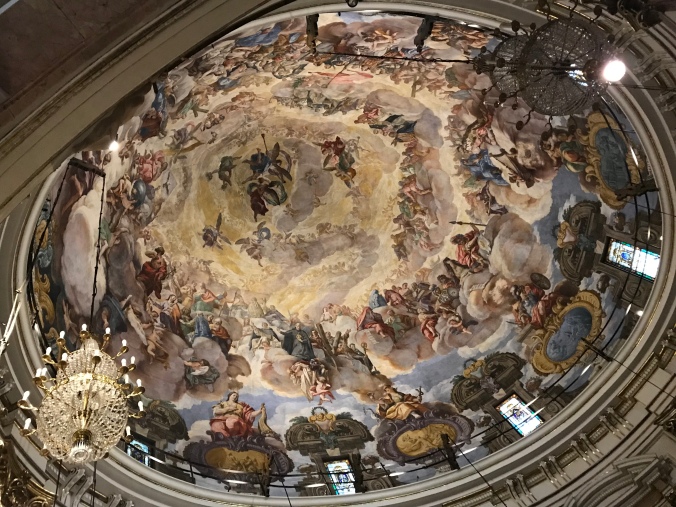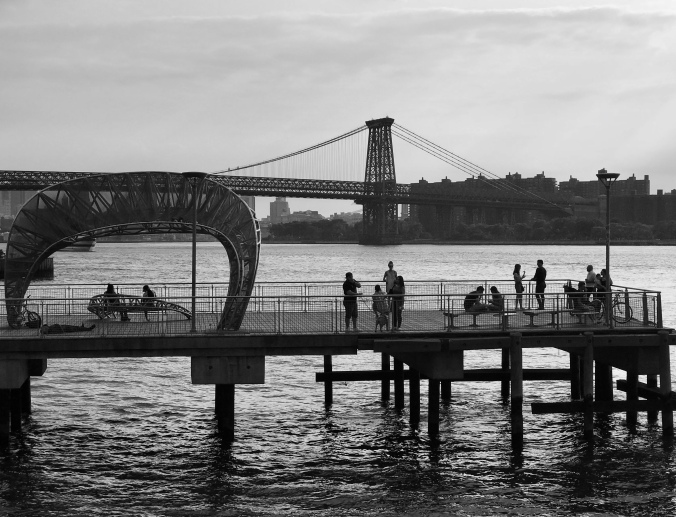This post is a bit longer than my norm, but it was an extraordinary trip so I felt it justified a bit more depth….rightly or wrongly.

When the honey badgers attacked the camp’s cooking pots collection at 3am, I was sitting on the camp bed in my two man dome tent, debating with myself whether or not I really needed to go out to the bush toilet. The clattering dissuaded me for a short while, but inevitably I had to get up and make the short trek to the nearby latrine. My head torch was augmented by the bright light from an African full moon, and I was soon back in my tent, protected from the outside world by a small strip of canvas. But, you may well ask, how did I get here? My wife and I were on a Camping safari in Botswana, one of the best places in the world to get up close and personal with a bewildering selection of wildlife. But what had persuaded us that this was a trip worth making? Well, there were a number of factors.

First of all, Botswana – a country the size of France but with only about 2.5 million inhabitants – is home to the Okavango Delta, one of the world’s most famous and unique wildlife zones. The annual rains in Angola, about 1000km to the North, seep underground through geological strata and literally bubble up inland in the Okavango. This up-flow peaks in July and August each year, and the water creates an influx of mammals and birds to join the population which lives there year-round. Basically it turns into a massive inland swamp, dotted with low-lying islands. And then it slowly evaporates over many months, there is eventually a dry season, and the cycle begins again. Apart from this amazing feature, Botswana is also home to the Kalahari desert, and has many other well-stocked wildlife reserves strung along the Chobe river in the Northeast of the country. The Chobe flows into the Zambezi River and ultimately Victoria Falls, where Zambia and Zimbabwe own the river banks.

Ever since I was a kid I had been interested in African wildlife, and getting to Botswana had long been an ambition. And then, on more recent group trips of other parts of the world, well-seasoned fellow travellers would say ‘Botswana, absolutely’ when asked ‘Where would you go back to’? Finally, the whimsical series of books called ‘The first ladies detective agency’ were big favourites in our house, and their wonderful descriptions of Botswana had captivated us. So Botswana floated inexorably to the top of the must-see list. And off we went.

We travelled as part of a small group tour of twelve, including ourselves, and we met most of the crew in Johannesburg airport as we boarded the Air Botswana plane to take us to Maun, the jumping off point just South of the Okavango delta. After a few suspicious glances in the queue to check-in we cracked and said ‘Are you with the Exodus trip?’ and so, in the course of about ten minutes, we met most of our fellow travelers. Happily they all turned out to be seasoned travelers with realistic expectations, and great company. Not the kind of people to panic over a broken fingernail (which was just as well, in retrospect).
After the airport pickup, our first stop in the frontier town of Maun was the Audi camp, where our tents were pitched and waiting for us. Our orientation meeting was very thorough, and it emerged that while we’d be spending some time in ‘fixed camps’ like Audi, most of our halts on the 13 night trip would be ‘wild camping’ where you literally stop under a shady tree, pitch your tents, and leave no trace when you depart, barring a few cold ashes from your campfire.
The Audi camp, to which we’d return a few times, had the relatively basic facilities of shower blocks, a bar, a small swimming pool and wi-fi near reception. It’s worth noting that after a number of nights in the bush, what we once thought of as ‘basic’ became impossibly exotic. Running water! Flush toilets (with doors). Mirrors! But it was all ahead of us as we set off the next morning in a 12 seater open-sided truck that would take us to the delta. There we were met by a fleet of ‘mokoros’ or traditional canoes, in which we were poled into the delta along papyrus-lined channels created by hippos. Happily the hippos were ‘only active at night’ as we were told. We landed on an island in the delta, the four man crew got busy, and soon our two man tents were assembled and our bags stowed away. Our cook John began to perform his daily miracles on an open fire, and before long we were all seated around the fire on camp-stools, having a very tasty lunch. In fact the food turned out to be excellent on the trip, and endlessly varied. There was always a kettle boiling for tea or coffee, and galvanised buckets beside the fire with water heating for showers (of which more anon).

We soon set off into the surrounding bush on our first walking safari with local man Willie – there were no arms in evidence and our understanding was that our guides just relied on their knowledge of the terrain and animals behaviour to keep us safe. The walking safaris were great, a very interesting experience. Willie showed us different tracks, what various droppings looked like, identified with ease all the birds we saw, and we spotted – at a safe distance – Elephants, Hippo, Cape Buffalo, Impala, Zebra, Giraffes, Kudu, Baboons and more.
This established the pattern. Every morning we’d rise before dawn around 5am, grab a quick breakfast, and start walking, returning to camp around 11am. We’d have a lunch, discuss what we’d seen, compare notes and then either have a siesta or read a book. Showers were optional, and consisted of a canvas bag rigged on a tree branch over a small enclosure about 40m away from the campfire. After a while we just took lukewarm showers as the water naturally heated up. With early afternoon temperature around 35 degrees, the cool water was a joy. Toilet arrangements consisted of a deep slot dug in the ground, with a toilet seat balanced over it and surrounded again by a canvas ‘box’. After using the facility, you threw a spade’s worth of dirt on top, and when we left the site the crew just filled in the hole. No-trace camping at its best.
In the late afternoon, around 4pm, we’d set off again on another ‘game walk’. Sunset was at 6.30, we generally got back by 6.45pm and ate around 7.15, and by 9pm the whole camp would be in their tents, as the campfire in the centre of the circle of tents deterred any wandering animals. Well, mostly! Further down the road, we’d be visited by Hyenas, Honey Badgers, and an elephant expressed some vague interest in our camp another night. Most people’s fear was snakes, but in fact on the entire trip we just saw one, and he was on the roadside rather than near our camp.

After a few days in the delta, we canoed out again, and after a one night stay in Maun (Civilisation! Showers! Beer! Wifi!) we set off on the road. But, before that, five of us paid out a bit of money to take an optional light aircraft flight over the delta. Ignoring the fact that our pilot looked to be about 22 years old, we piled into a light Cessna and soon we were flying over the delta, as our shadow sped across the bush below. We got a great view of the whole area, realised how vast it was, and were ignored by the animals a few hundred feet below as we took photo after photo. A great end to that leg of the trip.
Net morning we pulled out, and without going into too much detail, we first stayed for one night at the Makgadikgadi salt pans (the size of Wales…). It was like being on the edge of the world, with salt flats stretching to the horizon. We trekked on and crossed the border into Zimbabwe before, ninety minutes later, pulling into our Victoria Falls campsite where – crazy luxury – we actually got to sleep in a real bed in chalets on the campsite. The falls were amazing, but it was hard to avoid the feeling that Zimbabwe was in a bad way, as people tried to sell us Banknotes printed with One Billion for a single US dollar. Two nights at the falls, and we headed back over the border for the home stretch of wild camping. Over five days we visited Chobe, Savuti and Moremi game parks. Again, the quantity of wildlife we spotted was amazing. This time we did our morning and evening games drives in the truck, and when you are in that the animals tend to ignore you, so you can get quite close. We were lucky enough to see an elusive Leopard, endangered Wild Dogs several times, Lions, hundreds of Elephants, herds of Buffalo, Impala, Wildebeest and so on. I got a bit closer to a large Crocodile than I wanted to while on a boat trip on the Chobe river (happily he wasn’t hungry). And we saw amazing sunrises and sunsets, and a full moon shining down on us every night. Truly memorable.

But all good things must come to an end, and we rolled back into our Maun campsite mid-afternoon on the last day. Whereupon we all raced either to the shower-blocks or to the bar to fulfill the fantasy that we’d built up over the previous five days in the bush. At our farewell dinner that night we all swapped contact details and agreed to keep in touch – it’s funny how quickly you become friends with people, when you travel with them 24/7.
And the final question – would I do it again? Absolutely, no question. It might not be for everyone, and it is ‘full on’. You are tired by the end. But the proximity to the animals in bush camping, hearing them call at night, the excellence of the organisation and support crew, and the camaraderie with our fellow travellers all added up to a great experience. And one that we’d readily take on again, no question.
